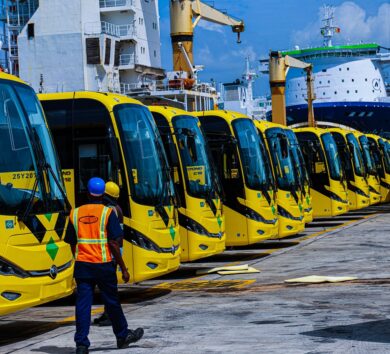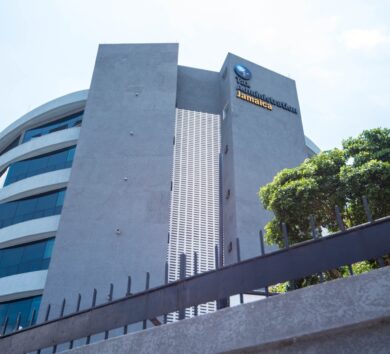

The economy of Barbados declined by 20% in the first quarter of 2021 relative to the corresponding quarter of 2020, in the wake of a second wave of COVID-19 infections in Barbados, which triggered business closures and curfews.
Barbados experienced declines in all major economic industries with the exception of agriculture, which benefited from improved weather conditions and new arable lands that were brought into the production for food crops.
According to the Financial Stability Report 2020, Barbados saw a 70 percent fall-off in tourism stemmed from lower stay-over and cruise arrivals. With the spill-over effects on ancillary sectors, domestic spending fell, resulting in an estimated 18 percent contraction in overall economic activity, elevated unemployment levels and reduced incomes.
Economic downturn steep during Q2 of 2020

As it relates to prices, the rate of inflation slowed, largely reflecting lower prices for fuel and electricity and discounting by retailers. The economic downturn was especially steep during the second quarter of 2020 when the economy was under lockdown for an extended period.
Towards year-end there were signs of a gradual recovery in tourism, but a second wave of COVID-19 infections triggered business closures and curfews during the first quarter of 2021 that contributed to a reduction in real Gross Domestic Product (GDP), estimated at 20 percent, relative to the corresponding three-month period in 2020.Unemployment remained elevated and inflation continued to slow during the quarter.
Latest economic estimates show that unemployment remained elevated and inflation continued to slow during the quarter.
Impact on revenue and spending

The economic contraction and its impact on revenue and spending led government to alter its fiscal stance. The primary balance target shifted from a programmed surplus of 6% to a deficit of 1% for Financial Year 2020/21.
Revenue fell by 14.1 percent as domestic tax revenues declined sharply, but the fall was attenuated by corporate tax receipts, which rose on the strength of collections from foreign-currency earning firms.
As a result, government operations incurred an overall deficit of $429.6 million, in contrast to the $384.5 million surplus recorded 1 year earlier.
The steep decline in economic activity was responsible for more than 80% of the rise in the debt-to-GDP ratio, which surged by 35.3 percentage points to 151.8% at end-March 2021.
Over the first three months of 2021, gross international reserves fell by $86 million, due principally to the negative impact of COVID-19 on the tourism sector.
However, the import reserve cover remained elevated at 43 weeks.
| Worsening current account deficit The external current account deficit deteriorated from 2.9 percent of GDP in 2019 to 6.2 percent in 2020, as the reduction in current account inflows, especially travel receipts and other exports, outweighed the decline in imports and other current account outflows. Nonetheless, the gross international reserves of the monetary authorities increased by $1.2 billion.This was primarily due to significant public sector foreign borrowing and to a lesser extent lower outward investment flows by the private sector. Over the first three months of 2021, gross international reserves fell by $86 million, due principally to the negative impact of COVID-19 on the tourism sector; however, the import reserve cover remained elevated at 43 weeks. |







Comments